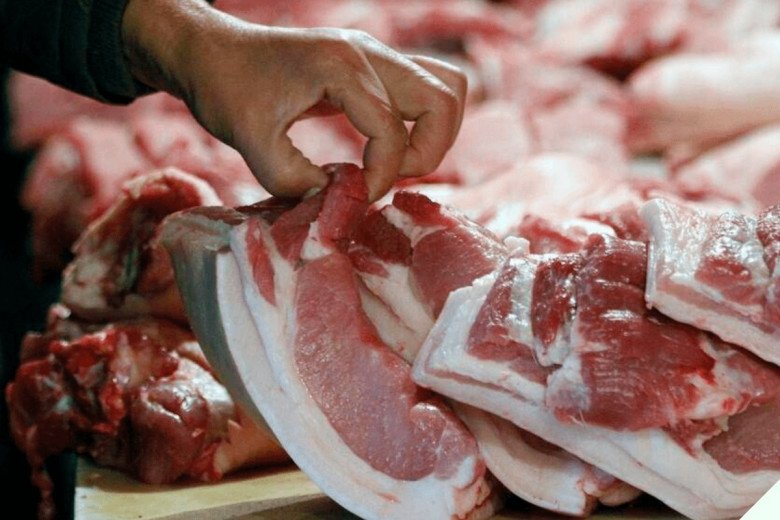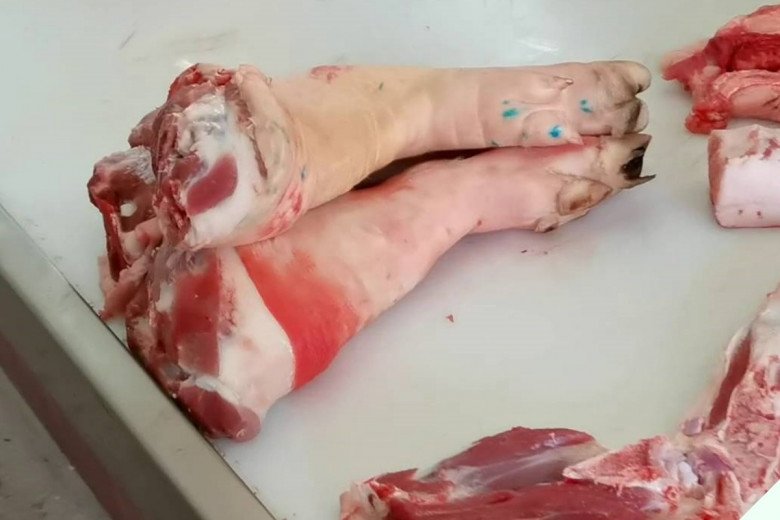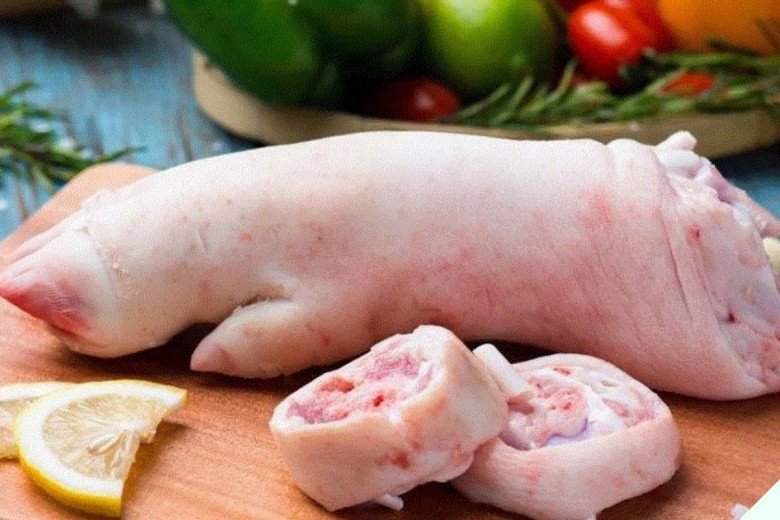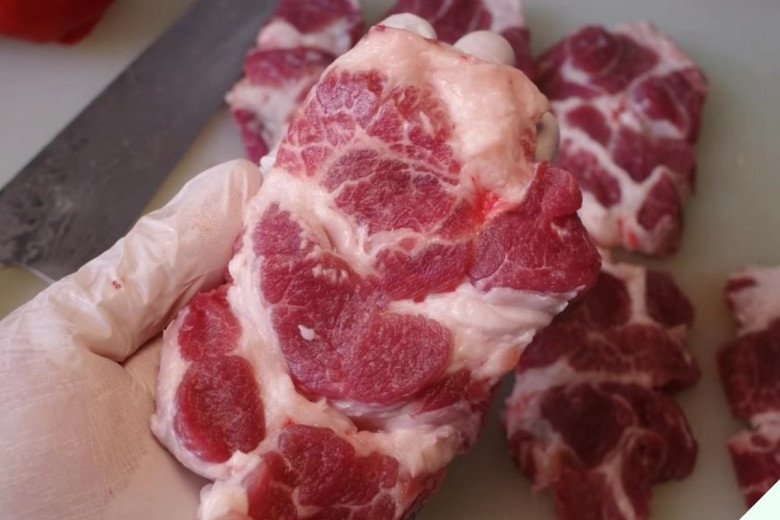
Just like beef and chicken, pork is divided into various cuts, each with its unique taste and price point. Different parts of the pig offer distinct flavors and are used for different dishes.
Most people buy pork based on their personal preferences and instincts without knowing which parts are truly the best.

According to experienced pork butchers, there are five especially tasty cuts of pork that smart shoppers should look for.
1. Front Trotters
When it comes to pork hocks, the wise shopper will opt for the front trotters. Due to the pig’s active lifestyle, the front trotters have more lean meat and are less fatty. The meat is also tender and suitable for stewing, stir-frying, boiling, or making pork buns.

2. Front Trotters’ Hooves
Even though they come from the same trotter, the front and back hooves offer different culinary experiences. When buying trotters, opt for the front hooves as they have more lean meat and less fat. Additionally, the front hooves have more tendons, making them ideal for stewing or braising. In contrast, the rear hooves tend to be fattier and less flavorful.

Butchers often mix the front and back hooves, so shoppers need to be vigilant. Front hooves are usually slightly curved and feel rougher due to more prominent folds from the pig’s active lifestyle. In contrast, the rear hooves have smoother surfaces due to less movement.
3. Loin

The loin is located on both sides of the pig’s backbone and offers a beautiful marbling of fat and lean meat. When cooked, it’s tender, juicy, and flavorful without being overly greasy. This cut is incredibly versatile and can be stir-fried, stewed, grilled, or used in any dish of your choice.
4. Belly
If you’re looking to make dishes like pork belly stew or roasted pork belly, then belly is the cut for you. This part of the pig is tender, flavorful, and has a good balance of fat and lean meat.
The belly is further divided into sections. The upper belly, after removing the ribs, tends to have thicker layers of fat and less lean meat. In contrast, the lower belly, closer to the pig’s abdomen, has thinner layers of fat and more lean meat.

5. Tenderloin
Pork tenderloin is lean, tender, and affordable, making it a popular choice for many dishes. It is divided into large and small tenderloins. The large tenderloin is leaner but tends to be drier, so it’s often used for making pork floss, sweet and sour pork, or breaded cutlets. On the other hand, the small tenderloin is incredibly tender and suitable for a variety of dishes, which is why butchers recommend it.

Choosing the right cut of pork can elevate your culinary creations. In addition to the five cuts mentioned above, you can also opt for the pork flank, located on either side of the tenderloin and close to the internal organs. This cut is exceptionally lean and known for its sweet flavor and chewy texture.

In conclusion, each cut of pork has its unique qualities, and the right choice depends on your cooking method and personal preferences. Regardless of the cut, always pay attention to the color and elasticity of the meat. Fresh, high-quality pork should have a pinkish hue, good elasticity, and lack any strange odors or excess liquid.

































